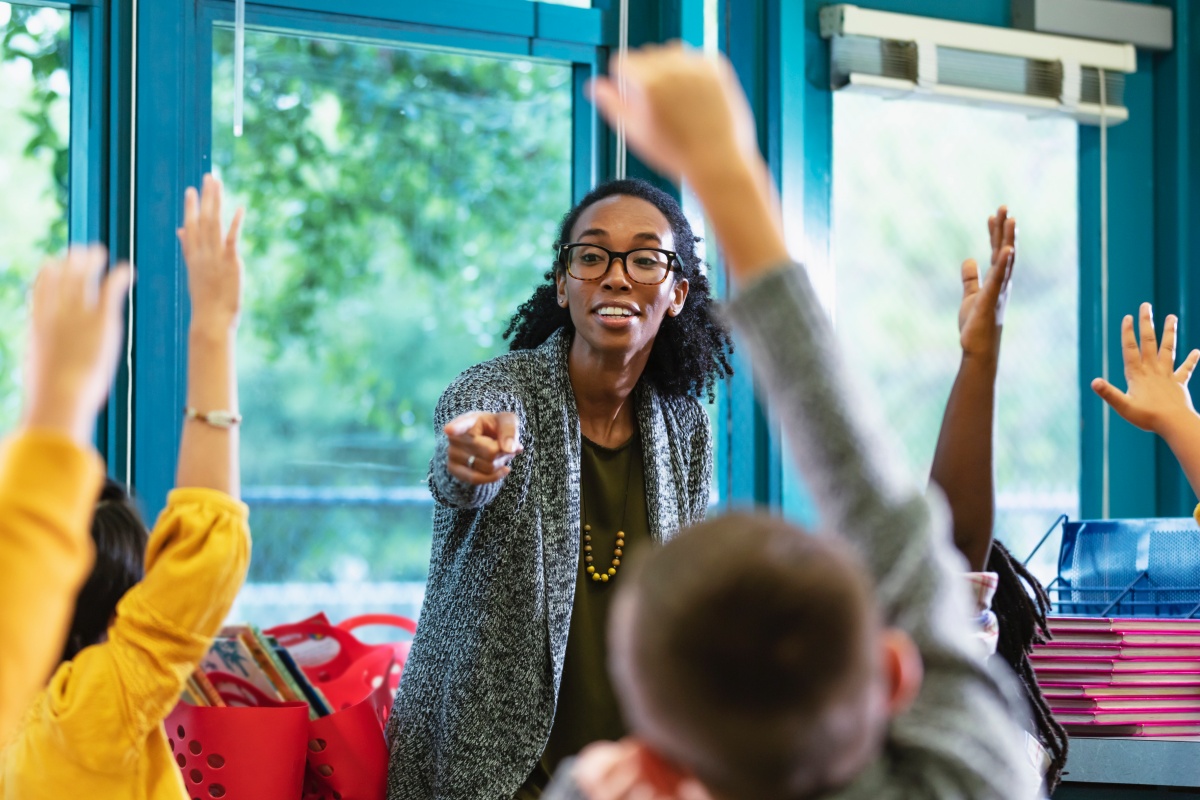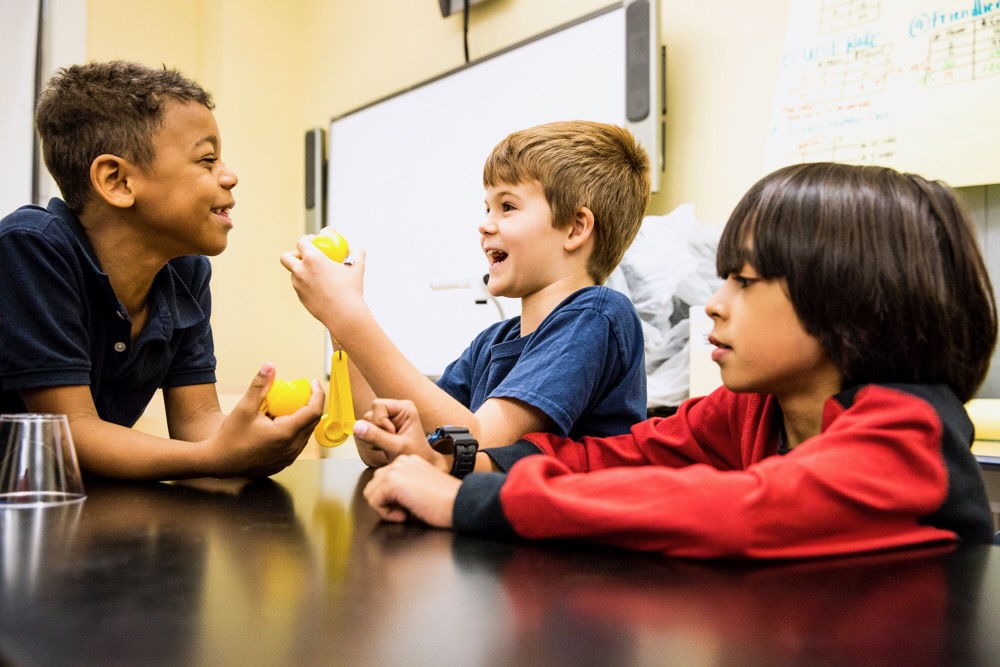6 Tips to Create a Culturally Inclusive Classroom
K-12 Education
6 Tips to Create a Culturally Inclusive Classroom TC experts share simple ways to create a welcoming classroom environment
(Photo: iStock)
Despite book bans and education policies trying to restrict diversity, equity and inclusion in schools, a culturally inclusive education benefits all students. It not only leads to more engagement and better academic performance, it also can encourage empathy development and better prepare students for the diversity they’ll encounter as adults. For marginalized students, an inclusive classroom can give them the opportunity to learn more about their culture and feel valued in school.
However, it’s not always clear how to create an inclusive classroom environment. Understanding that many teachers are beholden to curricula, standards, and are strapped for time, five Teachers College faculty members share advice on creating a more culturally-inclusive classroom this school year.
From left to right: María-Paula Ghiso, Professor of Literacy Education; Carol Hammer, Professor of Communication Sciences and Disorders; Felicia Mensah, Professor of Science and Education; Yolanda Sealey-Ruiz, Professor of English Education; and Haeny Yoon, Associate Professor of Early Childhood Education. (Photos: TC Archives)

“I would advise teachers to listen to students. We are often so focused on covering the content that we do not listen to what students say or incorporate their ideas and thinking into the curriculum. Allow students to share, go off on tangents as they make sense of the content, and anticipate creative ways of addressing their interests. For example, teachers at all grade levels can practice this — take the first and last five minutes of a class or a lesson for students to share their thinking through journaling. They can log their thoughts and make learning personal," says Felicia Moore Mensah, Professor of Science and Education and Director of TC's Science Education Program.
Think about what you most desired in class when you were a student.“I would advise a teacher of any grade or subject to think about what they most desired in a teacher and classroom environment when they were in school — and create that environment and be that teacher for all of their students,” says Yolanda Sealey-Ruiz, Professor of English Education.
(Photo: iStock)
“Take time to cultivate a practice of listening and hearing children out. Growing up Korean-American, I felt like teachers often assumed a singular presumption about my identity, laser focused on my ethnic and cultural heritage. Certainly, that is extremely important, but there were less opportunities or inquiries into all the other parts of myself. To me it's simple, prioritize time and space for students to show the sum of their parts (throughout the year, not just at the beginning) — in play, social interactions, activities, home/school connections — and most importantly, take time to listen, hear, and analyze the significance of what children reveal to us,” says Haeny Yoon, Associate Professor of Early Childhood Education.

“Teachers can talk with families and learn about their experiences, but also go to their neighborhoods, shop in their grocery stores, and see what's different about them, what's similar. Getting a feel of the neighborhoods their students are coming from to help make connections [is key].
“I always encourage my students to find books about their students’ cultures. And I'm not saying you have to read a list of facts, I don't think [that] works at all, but there's so many autobiographies, biographies, even works of fiction, that are culturally-based and you can really learn a lot about the cultures,” says Carol Hammer, Professor of Communication Sciences and Disorders
(Photo: TC Archives)
"Students come with rich literacy practices from their communities, even if they are new to a language, so it’s important to consider how we can position them as readers and writers from the get-go in the classroom. It could be by supporting them in writing in their native languages, creatively using technology and translation, incorporating multilingual texts, or engaging in inquiry through the arts. Educators can create pedagogical openings for emergent bilingual students to showcase their knowledge about story, narrative, composition, and the world, in the process challenging dominant deficit framings of their abilities,” says María-Paula Ghiso, Professor of Literacy Education

The Elementary Inclusive Education Program suggests teachers “invite families into your journey as a teacher and communicate to them that ‘we are in this together.’ For example, you could start a curricular unit by inviting their participation and sharing your own hopes, plans and wonderings; you might share many different kinds of resources that can reach diverse families and invite them to add to those; you could offer suggestions for how families can engage with their children on the topic and create a space where they can share those adventures with you and with each other.”
— Sherri Gardner
Published Monday, Sep 23, 2024









































